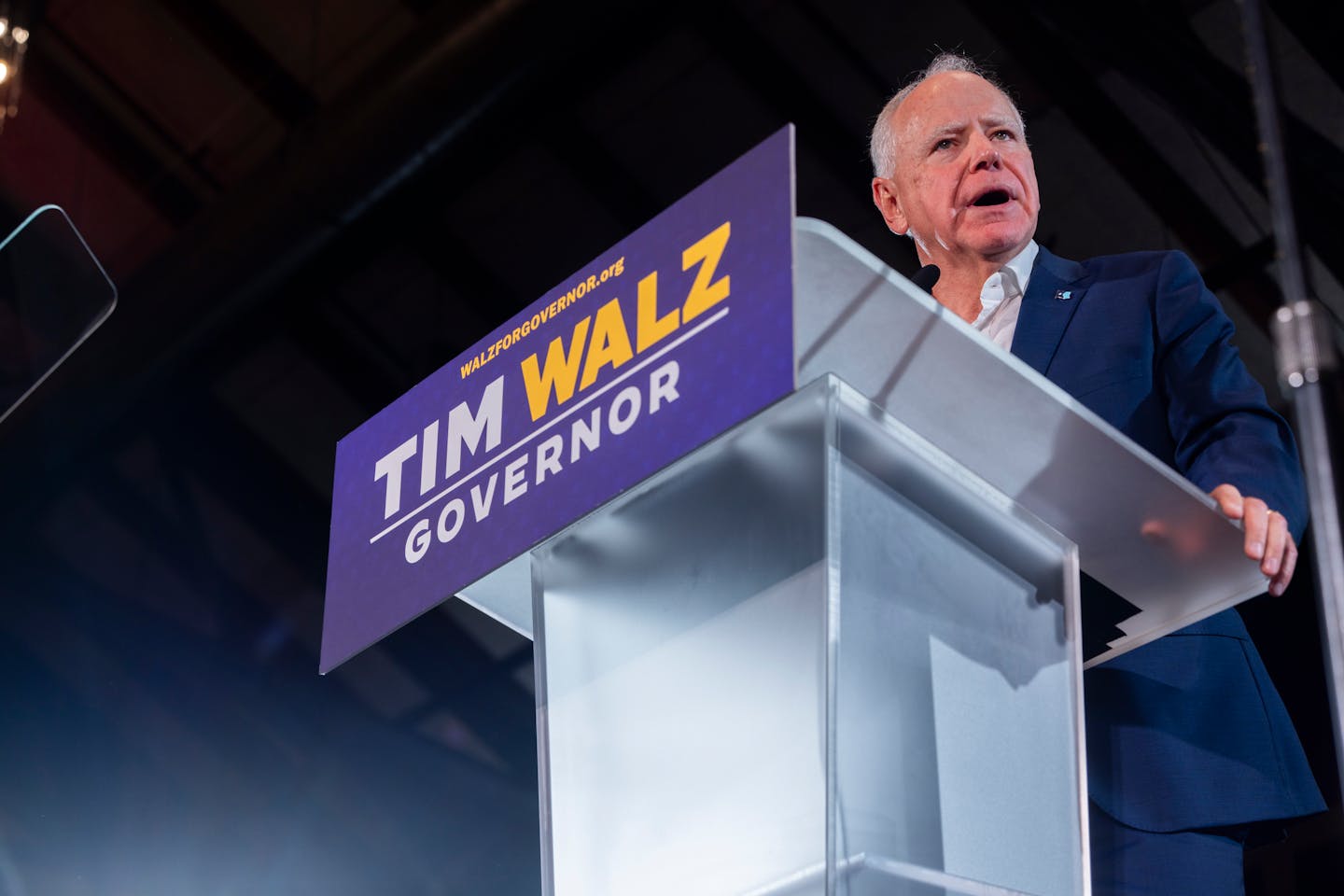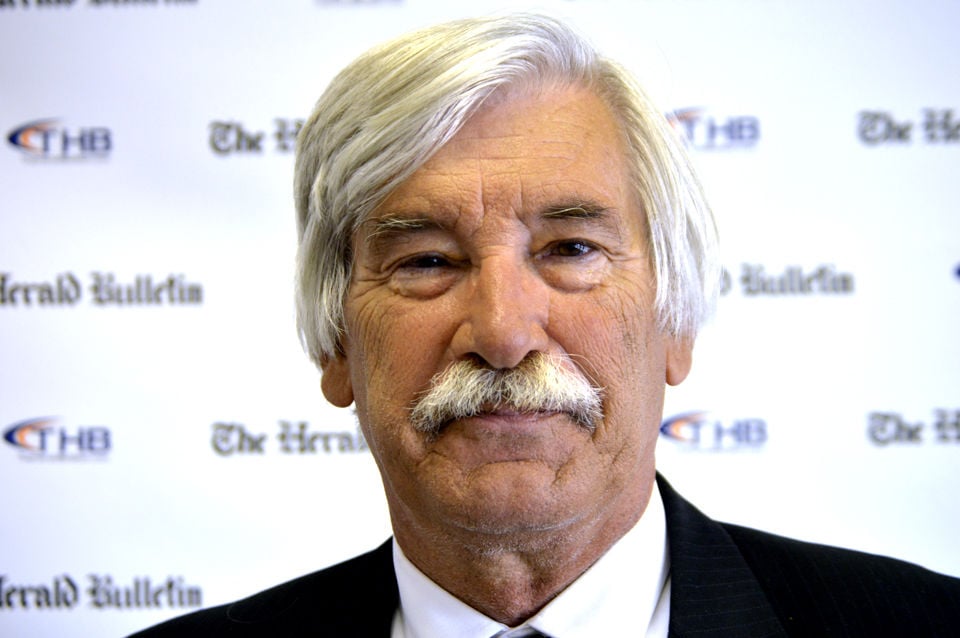Governor Tim Walz’s push to limit fossil fuel use has kindled hopes for a greener Minnesota. Yet many worry that working families could face sharply higher electricity costs, raising doubts about how attainable these environmental goals truly are.
Opinion | Minnesotans cannot afford four more years of Walz energy policy

Key Takeaways:
- Critics warn that Minnesota’s transition away from fossil fuels may drive up electricity costs.
- Governor Walz’s energy policy aims to reduce dependency on oil and gas.
- Working families could be disproportionately affected by higher utility bills.
- Skeptics question the feasibility of a fast shift to electric and alternative energy sources.
- The debate centers on whether four more years of this policy could strain state finances.
Why Energy Costs Are in the Spotlight
Minnesota has embraced a plan to move toward cleaner energy under Governor Tim Walz, signaling a decisive shift away from fossil fuels. However, this idealistic approach has critics sounding alarms about rising utility expenses. They worry that the state’s households, especially those on modest incomes, may struggle if electricity bills continue climbing.
Governor Walz’s Vision for Cleaner Energy
Walz’s agenda involves limiting fossil fuel usage in multiple sectors, including gas-powered vehicles, with the goal of curbing carbon pollution. Proponents applaud this approach as both timely and necessary. They argue that transitioning now sets Minnesota up for a more sustainable future, potentially positioning the state as a leader in green technology and job creation.
Working Families and the Economic Impact
Opponents of the governor’s plan focus on what they describe as an overlooked reality: the cost. Some note that while wealthier households might absorb slightly higher bills, lower- and middle-income Minnesotans could see ballooning monthly expenses. As one commentator put it, “What happens when working families see electric bills climb to meet the governor’s idealistic demands?”
Questions About Feasibility
Critics also question the speed at which these policies can be effectively implemented. Replacing gas vehicles with electric alternatives and retrofitting infrastructure to handle new power demands are costly, long-term undertakings. The concern remains whether a hasty transition could do more harm than good, particularly if it leads to steep household energy bills before widespread clean energy solutions become truly affordable.
Looking Ahead
Minnesotans are left wondering how to balance the governor’s climate ambitions with everyday economic considerations. As the state contemplates continuing on this trajectory, the core question remains: can families and the wider economy truly manage another four years of these intensified energy policies? Only time—and Minnesota ratepayers—will tell.











